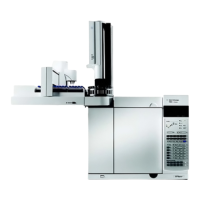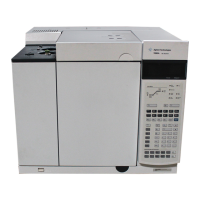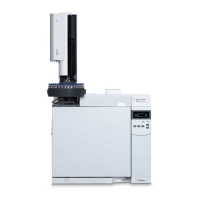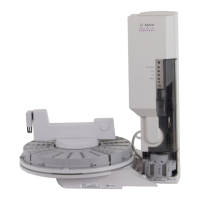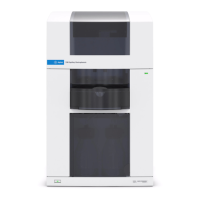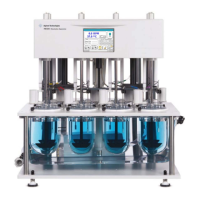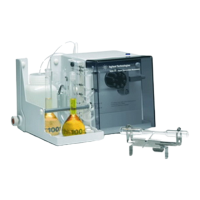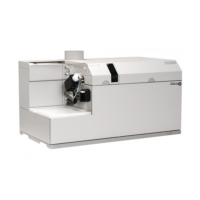Using Hydrogen Carrier Gas
32 Getting Started
Using Hydrogen Carrier Gas
The 7890 Series GCs support use of alternative carrier gases to helium,
such as hydrogen and nitrogen. Agilent provides a set of resources for
translating your methods to use alternate carrier gases and to improve
performance of these methods. See the Agilent web site at
http://www.agilent.com/chem/heliumupdate.
If using nitrogen carrier gas, nitrogen poses no safety concerns, and
requires no special hardware, compared to helium carrier gas.
Agilent also offers a hydrogen sensor (order accessory G3447A) that
checks the percentage of hydrogen gas in the GC oven. A high percentage
will cause an instrument shutdown.
If using hydrogen carrier gas, read the recommendations below. Also be sure
to read the
GC, GC/MS, and ALS Site Preparation Guide
for important
hardware requirements and safety tips, and also read the
7890 Series Safety
Manual
for important information about handling hydrogen safely.
Special considerations
When using hydrogen carrier gas:
• Use stainless steel tubing.
• Do not reuse old tubing. Contaminants left behind by helium and
nitrogen will be carried by hydrogen into the GC.
• Check all instruments for compatibility with hydrogen. Some
instruments, for example Q- TOF MS, cannot use hydrogen carrier gas.
• Read the 7890 Series Safety Manual for hydrogen warnings and
precautions.
• See the GC, GC/MS, and ALS Site Preparation Guide for
recommendations on good hydrogen sources.
• Always connect split vent, inlet purge vent, uncombusted detector
exhaust, and other hydrogen sources to a fume hood or similar exhaust
system.
• Use a good electronic leak detector, such as the Agilent G3388B, to
check plumbing connections for leaks.
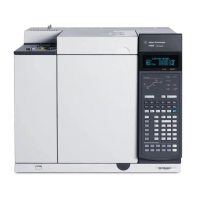
